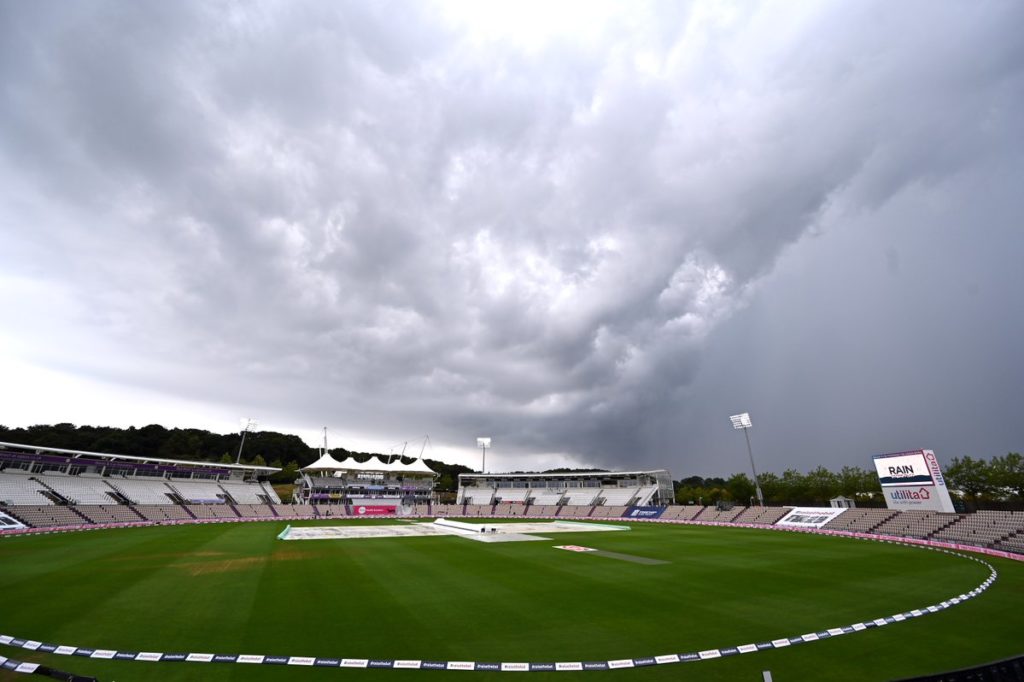If ever there was a forgettable Test match then the recent second clash between England and Pakistan was it, writes ANDRE HUISAMEN.
Advocating Test cricket has always been at the forefront of the ICC’s mission amid the continuous changes and invention that surrounds limited-overs cricket.
When Pakistan and the West Indies confirmed they would travel to the UK under the serious Covid-19 cloud, the world of cricket rejoiced and applauded the bravery of these nations to give fans the chance to enjoy competitive red-ball cricket once again.
READ: Bad weather spoils second Test
The two teams, as well as hosts England, had to undergo extreme measures in preparation of cricket’s return with a bio-bubble the ultimate way to ensure the safety of everyone.
Millions were poured into the operation of these two Test series, while worldwide broadcasters jumped at the chance the provide rare live sports amid the pandemic.
Yet, the past five days the Pakistan and England teams, as well as the invested fans, had to see how the two umpires constantly stroll out to the middle of the Ageas Bowl pitch to take a light reading due to gloomy weather.
The players had to make up time on their changing-room balconies, because of the bubble rules, while the rest of the Pakistan squad played a warm-up match on the pitch next door.
The main priority of these officials is of course to ensure the safety of every player, but given the circumstances of these recent Tests it seemed as if the umpires were overcautious in their approach.
Of course, it’s the ICC that make these rules and the umpires have a responsibility to keep players off the pitch if that reading is too low.
But, as Nasser Hussain explained over the weekend, the biggest problem that emerged from Southampton was the mindset of how and when play is deemed safe enough to commence.
The urgency and eagerness to get the players off the field at just the slightest hint of dark skies weren’t backed up by eagerness to return to the field when a small break in the weather presented itself.
In total, 315.3 overs were lost over the course of the Test match and while there were stages when rain expectedly stopped play, like on Monday morning, the umpires seemed in no rush to make up for lost time.
Play was called off at 4pm on Sunday afternoon due to a wet outfield, yet at that time the sun was shining brilliantly.
To be fair the shadows from the floodlights are quite strong out there pic.twitter.com/ArzefIBd9M
— Dean Wilson (@CricketMirror) August 16, 2020
Why not start play a bit earlier the next morning then, asked Joe Root. Why not force play a bit later in the day given how late the sun sets in the UK summer, instead of calling it a day at tea time?
The unwillingness from the umpires and ICC to improvise at such times is a real worry for Test cricket, given the amount of money and time invested in it.
Cricket’s governing body was slammed by the Sky Sports and BCC pundits, all former players, who mentioned simple adjustments and innovations that are easily adaptable.
ALSO READ: Faul resigns as acting CEO
How can a sport that does so much to test the boundaries with limited-overs cricket and created the new day-night Test phenomenon, inadvertently fall so far behind with its original format?
At this rate, pink-ball cricket proves to be a better option than red-ball cricket, yet both are still conducted as Test cricket.
Doesn’t make sense, does it?
It’s time to move with the times in terms of how Test cricket is conducted.
I hope the ICC’s rumoured meeting to discuss the issues of bad light will lead to action – they owe it to the sacrifices made by the whole Pakistan squad.







